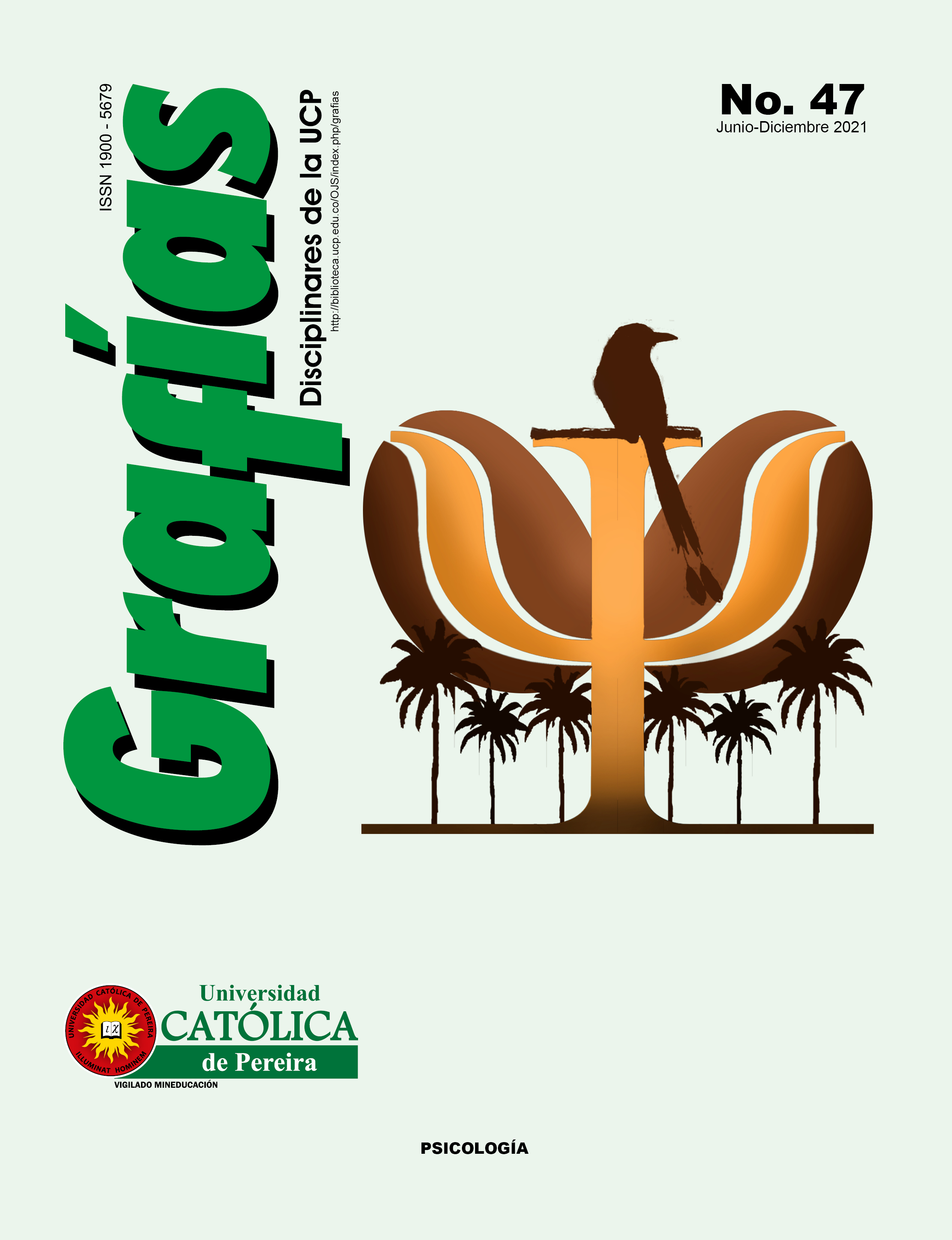Intersubjectivity as part of the constitution of first-person lived experience
DOI:
https://doi.org/10.31908/grafias.v0i47.2895Keywords:
Intersubjectivity, first-person experience, lived bodyAbstract
Traditional explanations of cognition - such as information processing theory - assume that human beings know and experience the world only to the extent that they represent it symbolically and internally, so that the body is understood mainly as an instrument of information input/output, i.e., peripheral to cognition itself. In opposition to the above, the embodied theory assumes the body as an autonomous organism endowed with abilities (e.g. sensorimotor abilities) that allow it to constitute itself as the principle of experience. Thus, in this case, the body is recognized as a vivid body, namely, an experiencer, agent and creator of meaning that brings forth its own cognitive domain in the relationship with an environment endowed with situations, objects and bodies that are part of the way in which lived experience is structured and, therefore, cognition itself. Specifically, the present research of a basic-theoretical non-experimental type, aims to describe the way in which intersubjective encounters are linked to this first-person lived experience. The hypotheses point to the fact that the first-person experience of the body, namely the way in which a body relates to its surrounding environment, is co-determined by intersubjective relations, i.e., by the social and contextual character of the experience.


